Understanding the Four “C’s”
Cut, Color, Clarity
& Carat
At Jewels On Hampton, we pride ourselves on making sure our customers are well-informed about the diamonds, rubies, emeralds and sapphires they are buying or selling. Our goal is to make sure you are happy with your purchase or feel confident you were treated fairly selling us your precious or semiprecious gems.
When buying and selling gemstones in general, and diamonds in particular, the four qualities that most matter to the value of the stone are Cut, Color, Clarity and Carat Weight. These four attributes are commonly called the “Four Cs.”
Scroll down to read more below:
#1: Cut
How a gemstone is cut refers to not just the shape of a gemstone, such as round, emerald cut or heart-shaped, but also how it is cut beneath the top surface of a stone. To fully understand cut it is important to know the basics of how a gemstone is cut. Modern gems are most often cut with a top and bottom, or as the industry calls it, the crown and the pavilion. Antique gems will have a much flatter pavilion than will gems cut in the last decades.
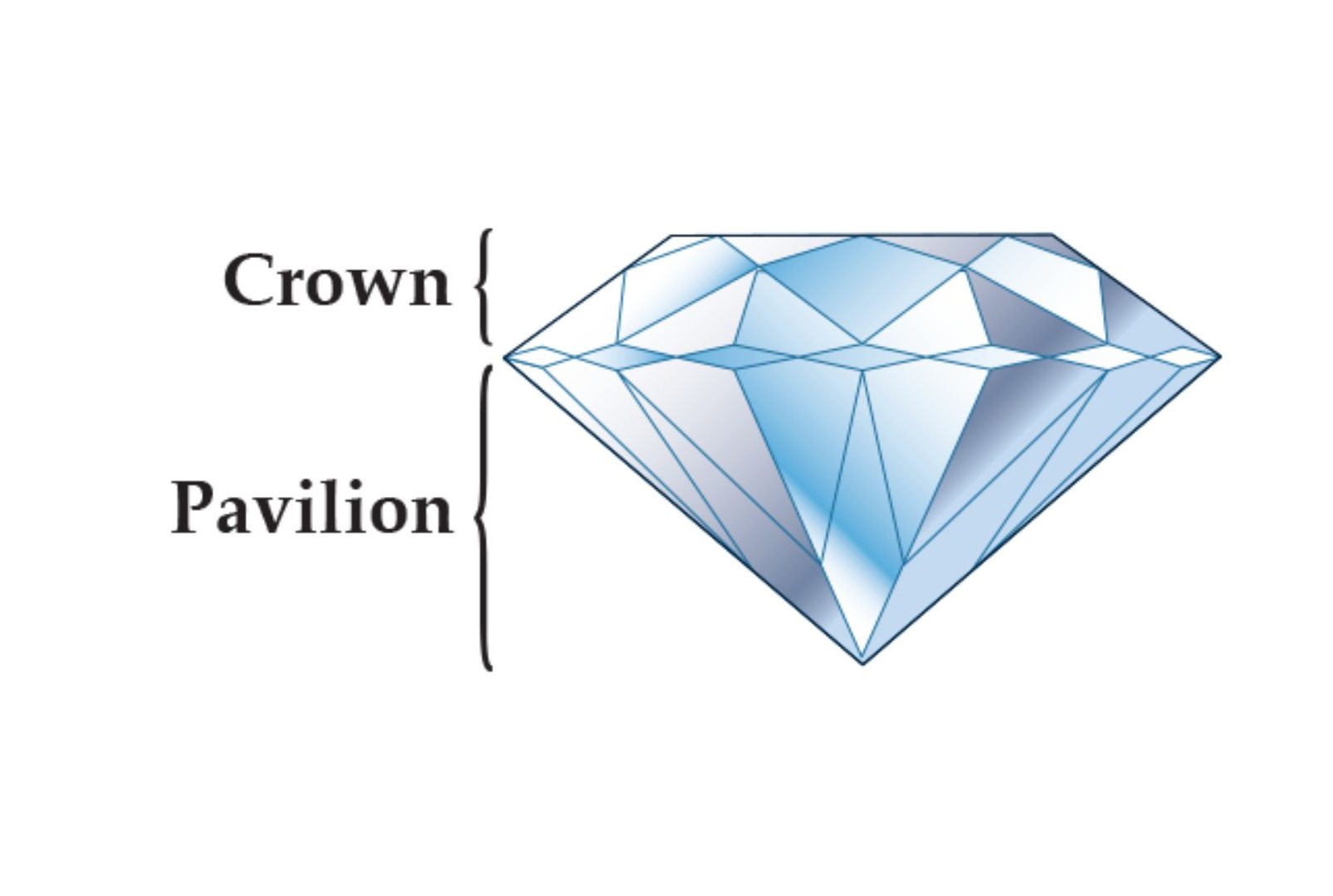
How the pavilion is cut affects how light is reflected back to the observer. The better the cut on the pavilion, the more fire and sparkle, and the more valuable. Most modern gems, especially diamonds – have what is called a Brilliant Cut in which the facets are cut to reflect the most light back up through the crown. Cut also refers to the shape of the stone. Gemstones come in a wonderful variety of shapes including:
Asscher
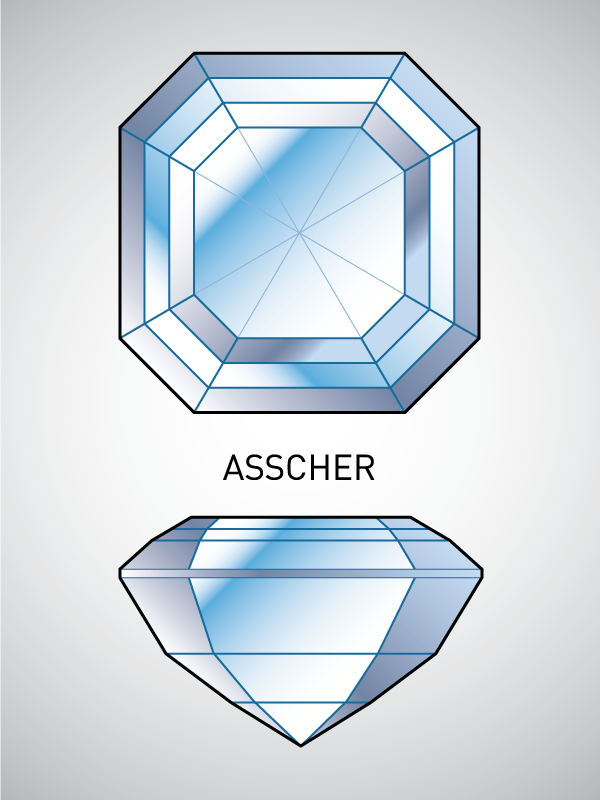
Baguette
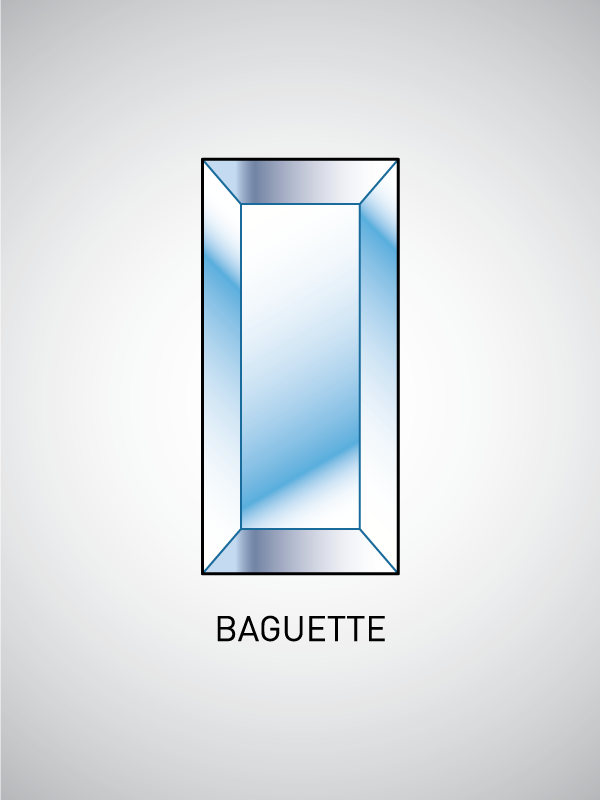
Cushion
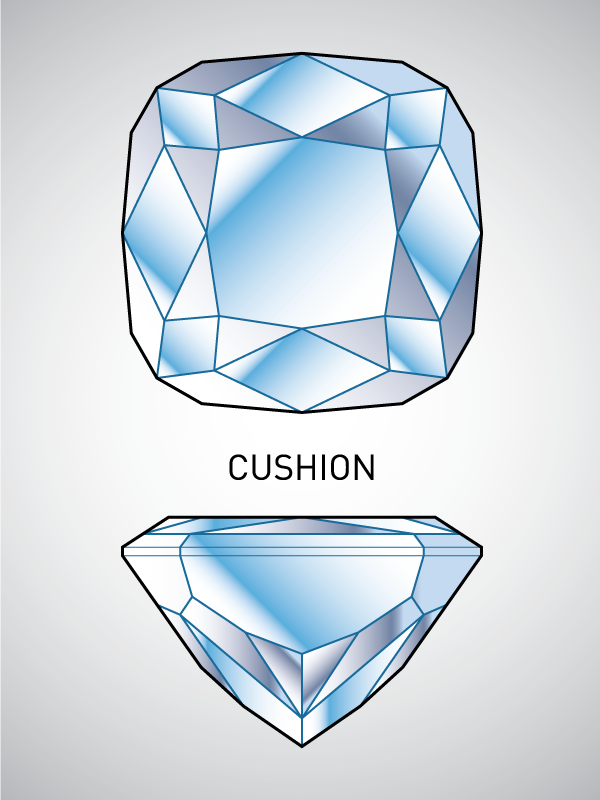
Emerald
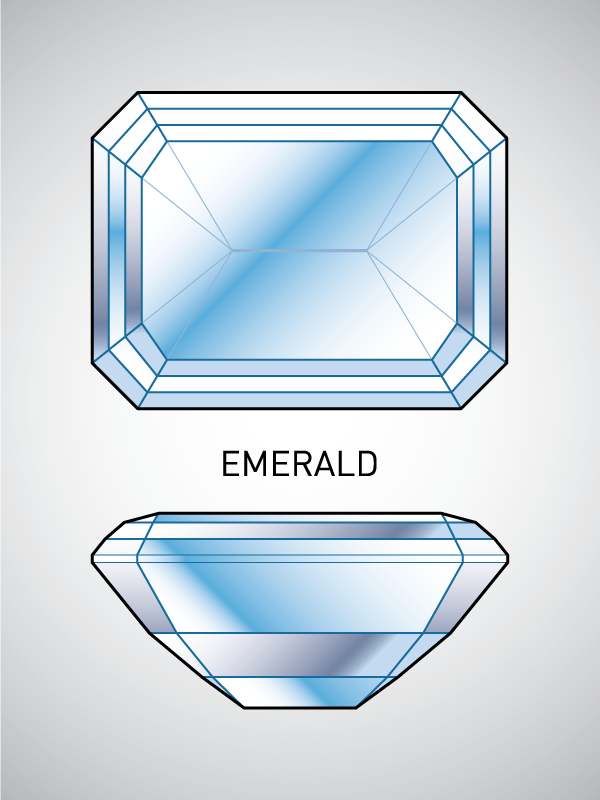
Heart
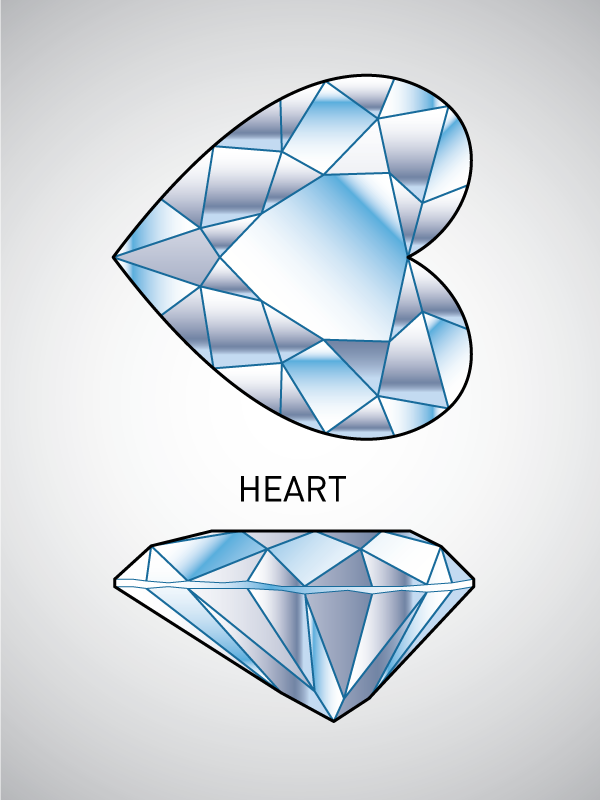
Marquise
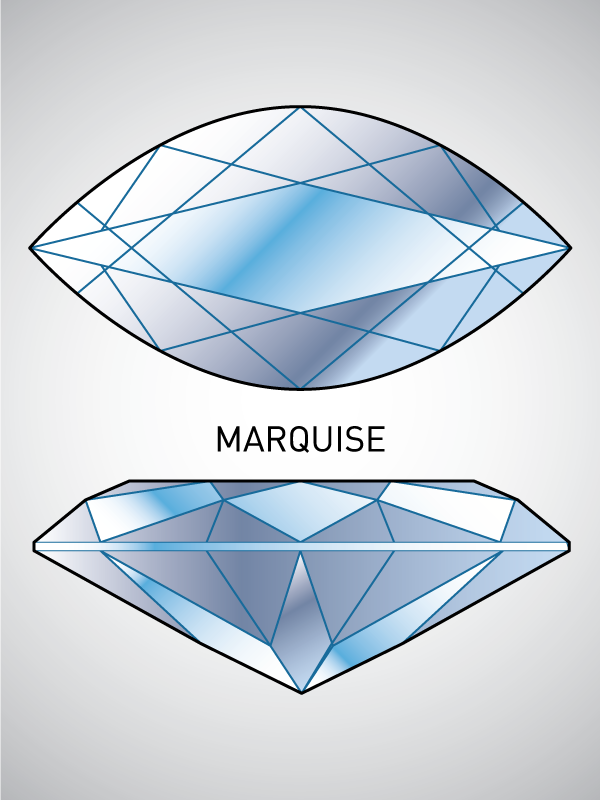
Oval
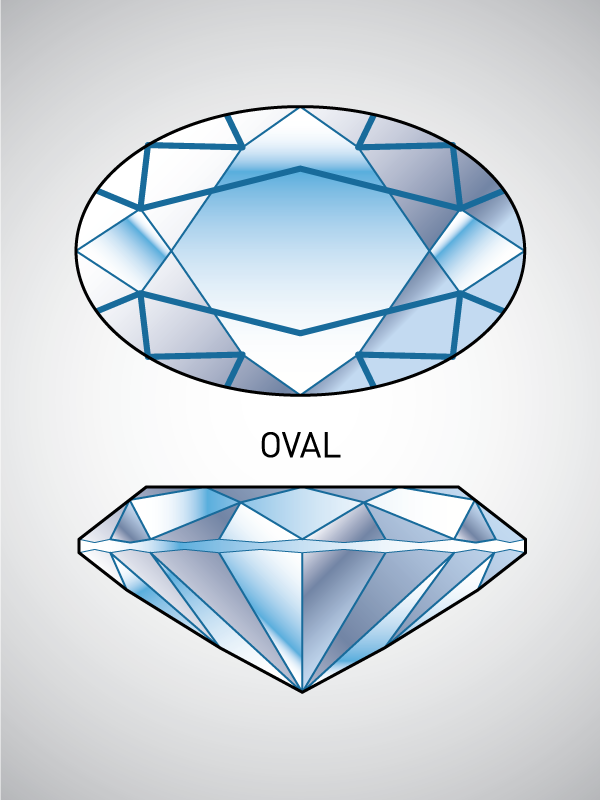
Pear
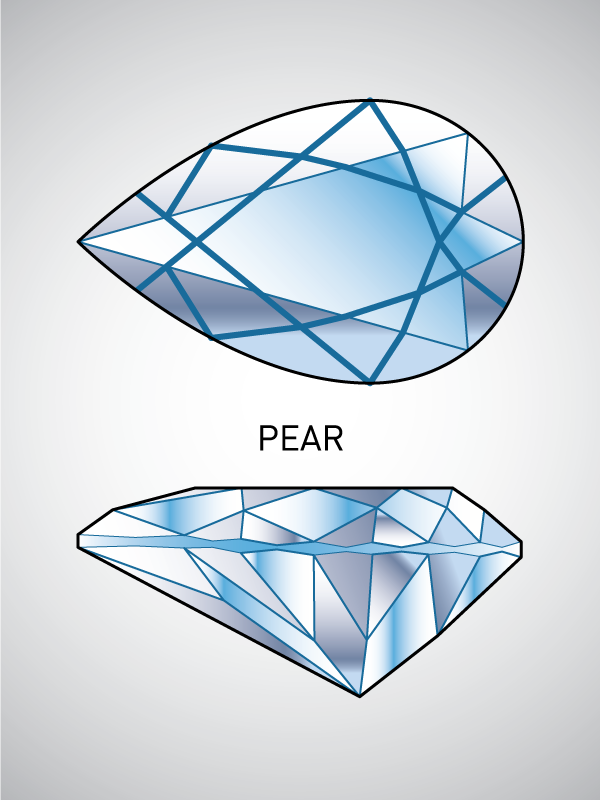
Princess
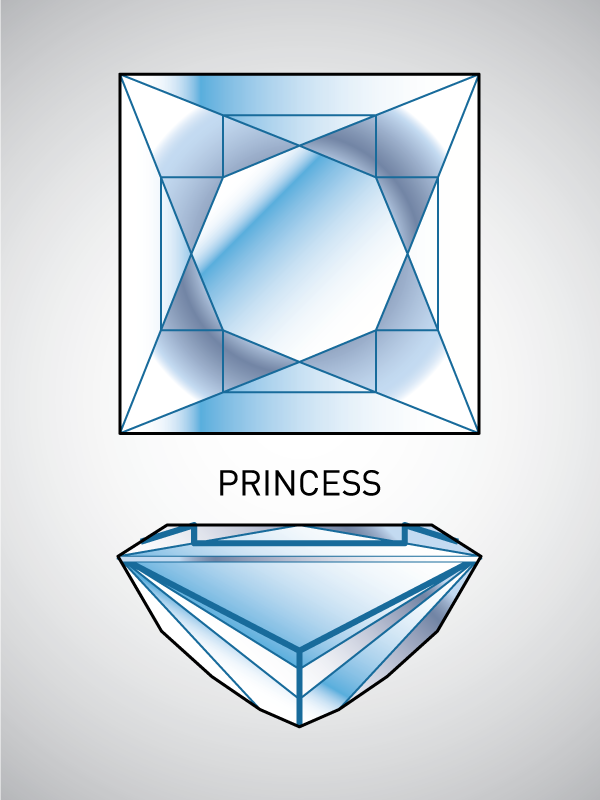
Radiant
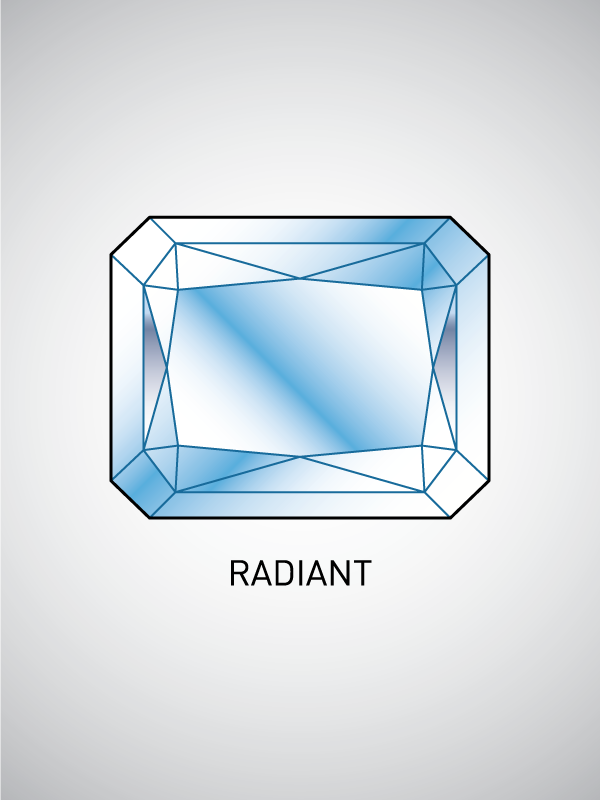
Round
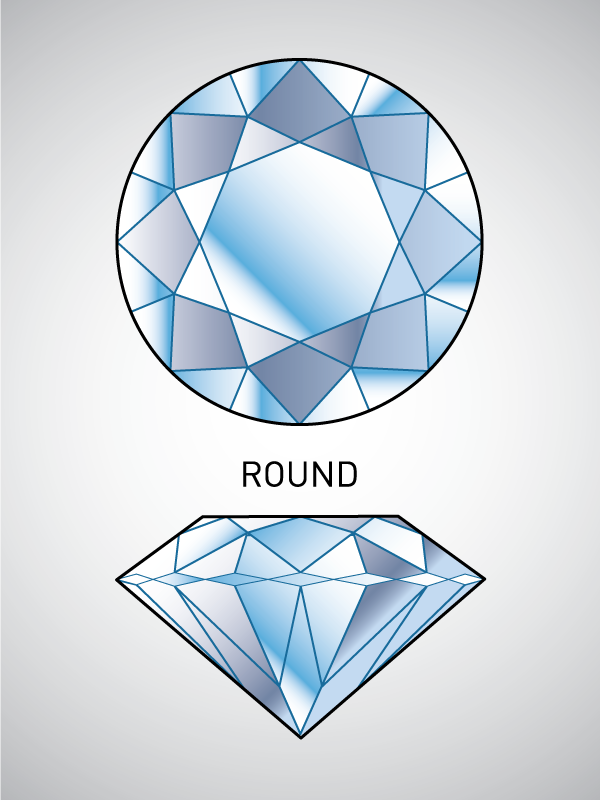
Trillion
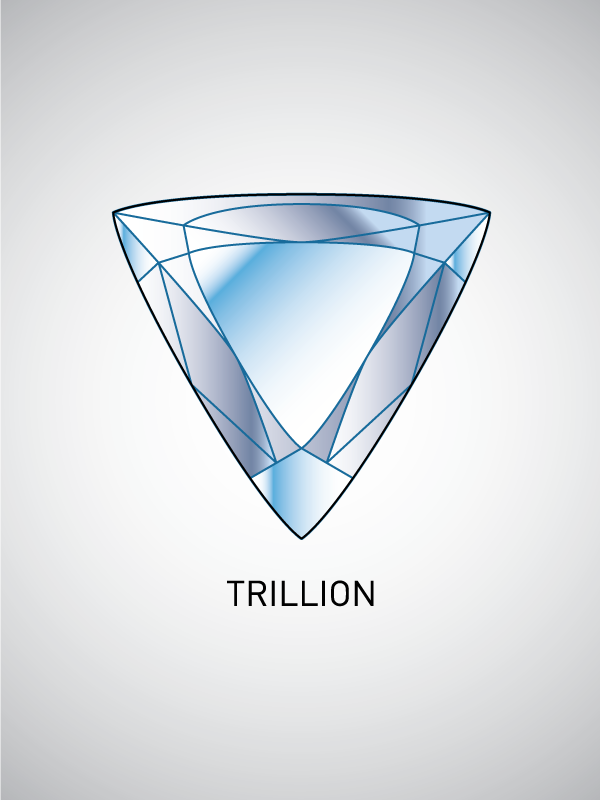
#2: Color
Diamonds and other precious gemstones are graded on their color. The Gemological Institute of America has a standard grading system for determining the color, and thereby the value of gemstones. Diamonds are graded D-Z, with “D” being the most white and “Z” the most yellow. Colored gemstones such as rubies, sapphires, emeralds, topaz, tanzanite and aquamarines are also graded on their color.
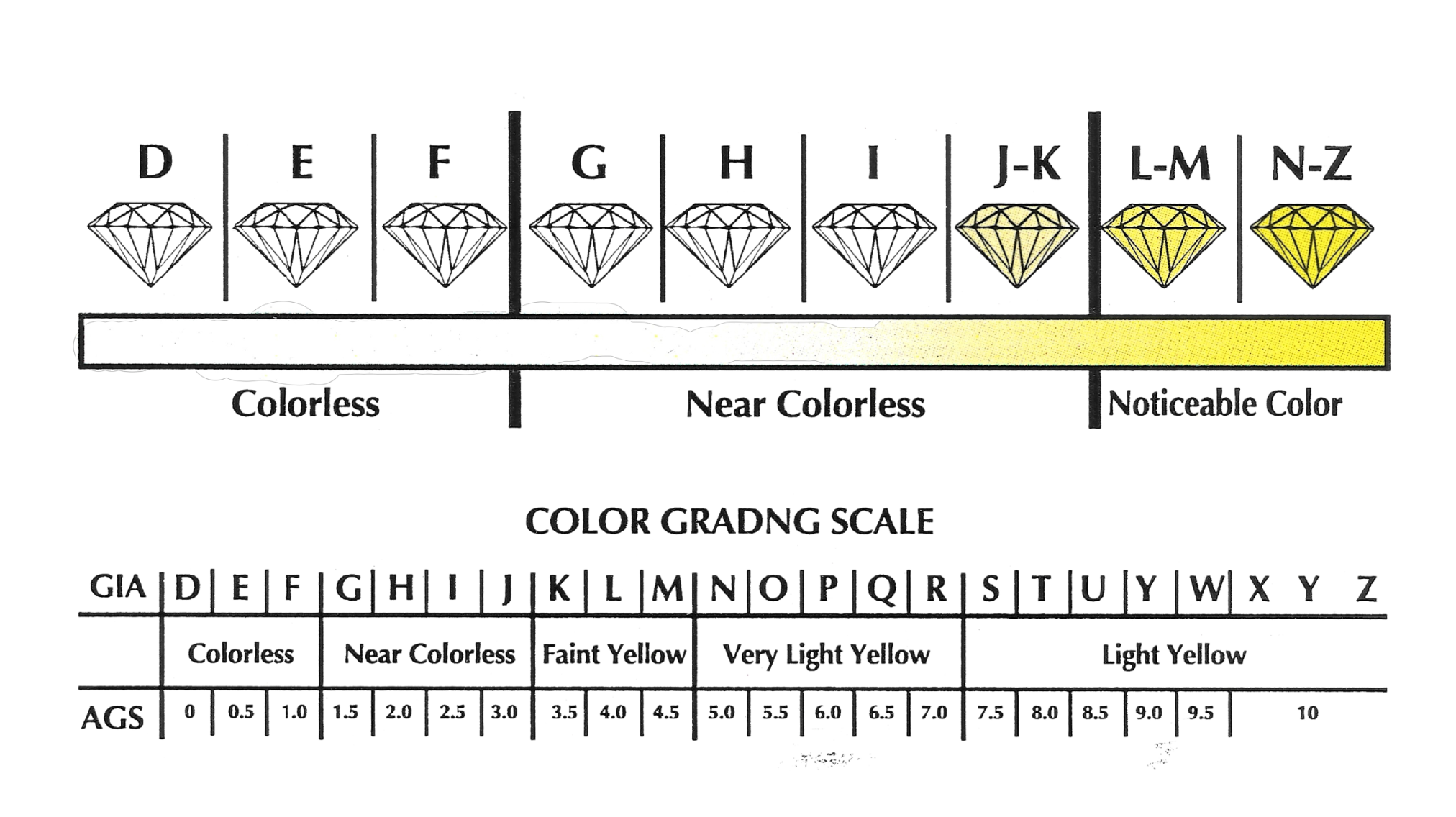
#3: Clarity
How clear a gemstone is depends on how it is structured and what sort of impurities were caught in the gem’s matrix when it was being formed. Clarity makes a great deal of difference in value. Fractures, fissures and imperfections called inclusions change the clarity of a gemstone. A flawless diamond or other gemstone has none of these defects visible under close examination. Gemstones are examined for flaws under magnification. Diamonds are graded using the following criteria:
- Flawless (FL) – No inclusions or blemishes are visible to a skilled grader using 10× magnification
- Internally Flawless (IF) – No inclusions and only blemishes are visible to a skilled grader using 10× magnification
- Very, Very Slightly Included (VVS1 and VVS2) – Inclusions are difficult for a skilled grader to see under 10× magnification
- Very Slightly Included (VS1 and VS2) – Inclusions are minor and range from difficult to somewhat easy for a skilled grader to see under 10x magnification
- Slightly Included (SI1 and SI2) – Inclusions are noticeable to a skilled grader under 10x magnification
- Included (I1, I2, and I3) – Inclusions are obvious under 10× magnification and may affect transparency and brilliance Courtesy GIA.edu
Flawless gems are the most sought after.
#4: Carat Weight
The size of a gemstone as measured by its carat weight has great bearing on its desirability and value. Larger gemstones, especially diamonds, are relatively rare an are of greater value, though a larger diamond can be worth less than a smaller one depending on other factors, such as cut, clarity and color.
Still have questions about how a gem is valued?
Give us a call or come in today and we’ll be happy to answer them!
